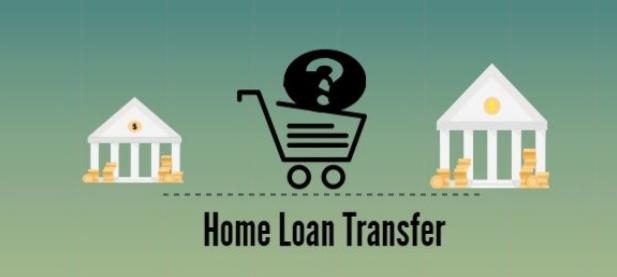The interest you pay on a home loan can seem high not only because you have a longer tenor of repayment for the substantial loan amount, but also because your lender’s rates may have been high when you signed up. Since interest rates are affected by the market and the RBI’s lending rates, they can change as time passes. A fall in the repo rate should ideally reduce your home loan interest rates.
However, not all lenders transfer this benefit to the borrowers. Does this mean that you are obligated to pay the same interest rate throughout the tenor? No. When you find other lenders offering reduced home loan interest rates, you can ease your burden by transferring your home loan balance to them. Read on to know more about the balance transfer home loan.
How Does a Home Loan Balance Transfer Work?
A home loan balance transfer works just like a home loan, only, in case of refinancing, the new lender repays the outstanding amount on your existing home loan in full to the old lender on your behalf. In turn, you start paying EMIs to your new lender. This goes on until you pay off the outstanding amount entirely.
The best time to opt for a home loan balance transfer is in the initial 4 to 5 years of servicing the loan when the interest component of your EMIs is dominant. Refinancing your home loan towards the end of the tenor may not be a viable option as by then you will have repaid the major portion of interest. Plus, refinancing comes with processing and other additional costs, which may outweigh your total savings on refinancing the old home loan. Thus, analyze your situation before switching your home loan with a new lender.
Benefits of a Home Loan Balance Transfer
- Home loan takeover lowers your EMIs, which not only translates into a reduced credit cost but also gives a much-needed breathing space to your monthly budget. You can either use this EMI saving to meet other financial obligations or to invest in a lucrative option for wealth creation.
- Since you start paying lower EMIs, you are less likely to miss or delay them and thus enhance your credit score.
- You can couple the lower interest rate with a shorter tenor to repay the home loan earlier than scheduled and save more on interest.
Home Loan Balance Transfer Calculator
Before you proceed to apply for a home loan refinance, use the home loan balance transfer calculator to calculate your total savings. This is an easy-to-use tool that is available online. You just have to input the basic details of your existing home loan such as the outstanding loan amount, tenor, interest rate, and others to estimate the total savings you will be able to achieve on switching your home loan. Compare this amount with the total cost that you are likely to incur on refinancing your home loan to conclude.
If a home loan balance transfer works for you, see whether you are eligible for it using the home loan balance transfer eligibility calculator.
Building wealth for financial independence is a journey that requires dedication, resilience, and a commitment to long-term goals. By adopting sound financial habits, investing wisely, and embracing a frugal lifestyle, individuals can take control of their financial future and enjoy the freedom to live life on their terms. Read more about Building Wealth for Financial Independence.

0 Comments